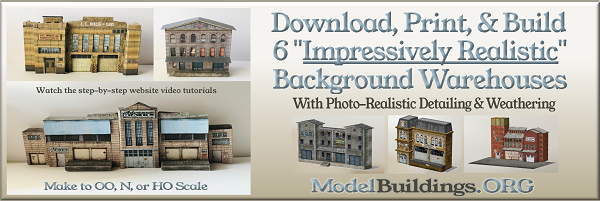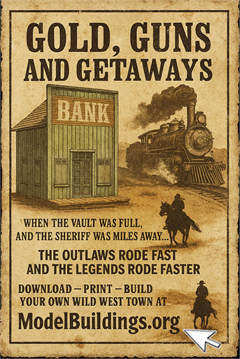Everything on model trains, model railroads, model railways, locomotives, model train layouts, scenery, wiring, DCC and more. Enjoy the world's best hobby... model railroading!
How To Protect Points From Ballast
Club member Trevor sent in this tip to share:
Laying ballast can be a tough learning curve, because once it’s in place it is difficult (if not impossible) to remove. Particular care is needed around point-work to stop ballast from interfering with railroad operations. If ballast finds its way into places it shouldn’t, then there is the potential for mechanisms to seize up… I know, because it’s happened to me. The stuff is so fine and if it’s not glued down it will move. Also, when glue is added – well, that can cause problems too.
To prevent problems, I now apply a small amount of locomotive oil around all the moving parts on each point. This stops the glue adhering to the moving parts on the points. I also use a small hand water sprayer/mister to dampen the ballast. This helps the glue flow between fine particles of ballast. This also restricts the ballast from moving whilst applying the glue.
One Response to How To Protect Points From Ballast
Leave a Reply















In addition to Trevor’s tips: Be sure that there is no ballast between the two ties on either side of the throw rod under the points. This would either cause the rod to jam or cause the points to rise up and could cause a derailment. Tim